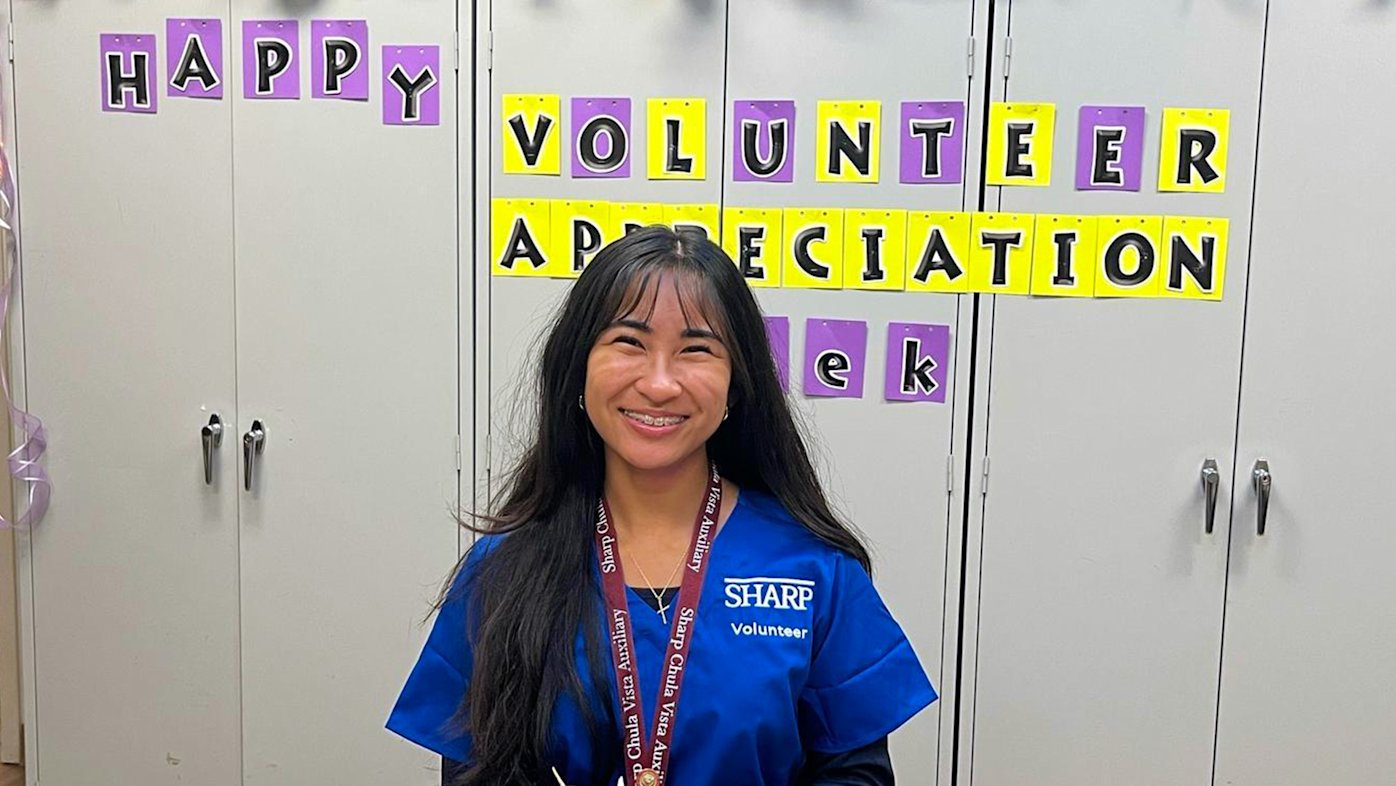
Student volunteer brings joy with wishing cranes
Carefully folded origami cranes carry messages of hope and healing, as one teen volunteer helps brighten patients’ days at Sharp Chula Vista Medical Center.
For decades, Henrietta Lacks helped save the lives of millions, yet no one knew her name. Her cells — collected without her knowledge or consent — were the first set of human cells that scientists could replicate in a lab. These “HeLa cells” helped shape the major scientific discoveries of the 20th century, including the polio vaccine, chemotherapy and AIDS/HIV research.
“You cannot underestimate how much they have contributed,” says Dr. Kai Zu, an oncologist affiliated with Sharp Grossmont Hospital. “They are a major tool of basic medical research. I have done many trials with these cells, but I did not know the story for many years,” he says.
Lacks only received credit for her role in these medical discoveries decades after her death, due in large part to the work of author Rebecca Skloot and the Lacks family, including daughter Deborah Lacks. This spring, HBO premieres a film based on Skloot’s book, The Immortal Life of Henrietta Lacks, which shares how this incredible story came to light.
Driven in part by the Lacks story and the recognition of the importance of informed consent, medical and scientific research today looks very different than it did when Lacks “donated” her cells in 1951.
Today, informed consent and patient privacy are at the heart of research involving human subjects, including research happening at Sharp HealthCare. Sharp is the only organization in San Diego County accredited by the Association for the Accreditation of Human Research Protection Programs, Inc. (AAHRPP), considered the “gold standard” of human research protection.
Gail Oberstar is one of those humans. She’s enrolled in a cancer clinical trial through Sharp, receiving two different types of immunotherapy treatment for non-small cell lung cancer at the David and Donna Long Cancer Center at Sharp Grossmont Hospital. The study seeks to compare the effectiveness of the two drugs used alone and in combination.
She was sick with pneumonia for several months before checking herself into the emergency department, with the hopes of receiving antibiotic treatment to clear her lungs. Instead, doctors found a large mass in her lung. She learned of the clinical trial during a visit in the hospital with Dr. Zu and research coordinator Thea Fowler. Oberstar knew she didn’t want to undergo chemotherapy.
“Gail is in a rather unique position,” says Dr. Zu. “We already know quite a bit about these drugs. Both are FDA-approved, so we know the downsides before we even jump into it. We can see the promise of this particular combination, and she has responded very well.”
After 26 weeks of alternating biweekly treatment, and double treatment every six weeks, Oberstar is feeling great. “I haven’t missed a beat,” she says, noting that she walks every day, even on treatment days.
“Over the last 30 to 40 years, through improvements that come from basic research like that with the HeLa cells, and changes in cancer care, many patients are able to control or treat cancer with drugs that are quite safe,” says Dr. Zu. “Gail’s case is an example of that. When you think of what lung cancer therapy was years ago, treatment was very toxic, people got very sick. Now we are able to give patients relatively safe and low-toxicity drugs, with much greater benefit.”
In just six weeks, Oberstar’s mass shrunk by 70 percent, which was good news for both patient and doctor. “He had the biggest smile on his face,” she says of Dr. Zu. “He’s 100 percent behind me. I’m glad I found him, or rather, he found me.”
For the news media: To talk with Dr. Zu about clinical research at Sharp HealthCare, contact Erica Carlson, senior public relations specialist, at erica.carlson@sharp.com.
Our weekly email brings you the latest health tips, recipes and stories.